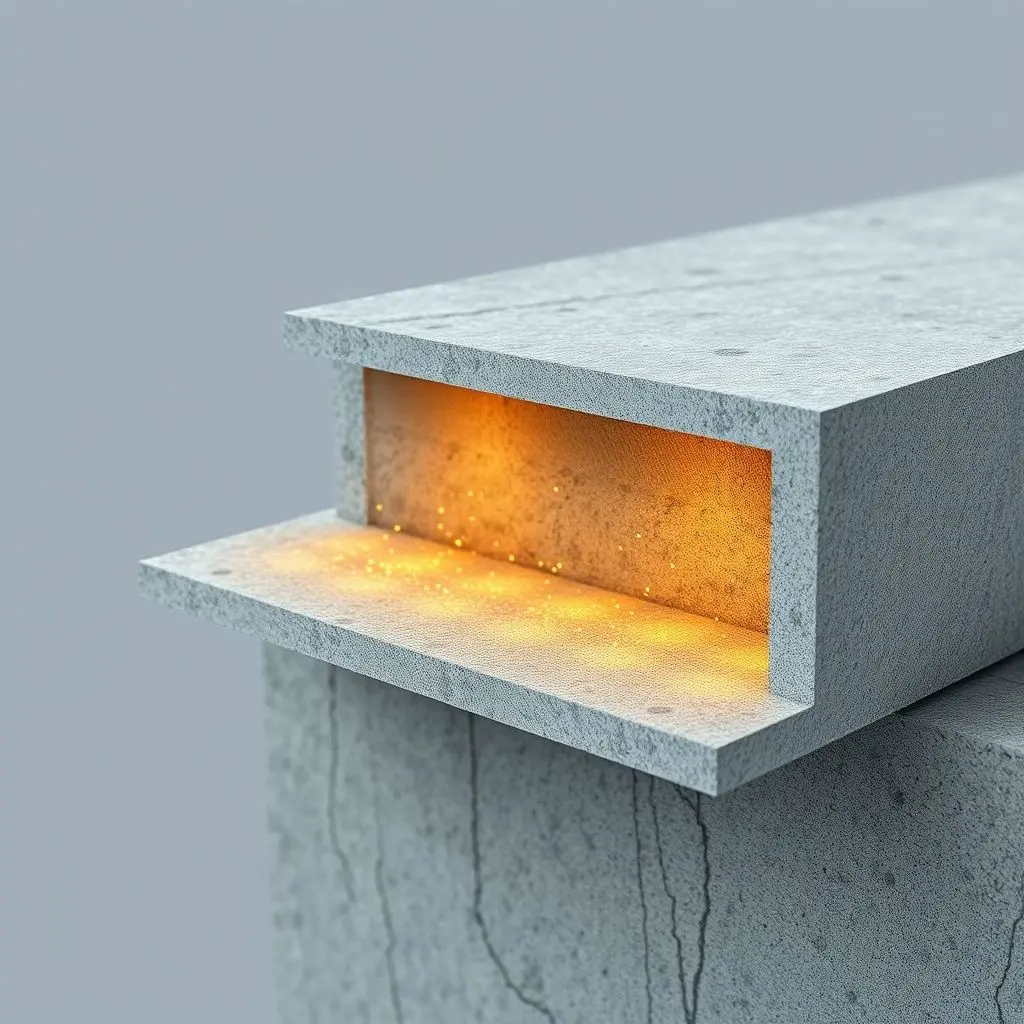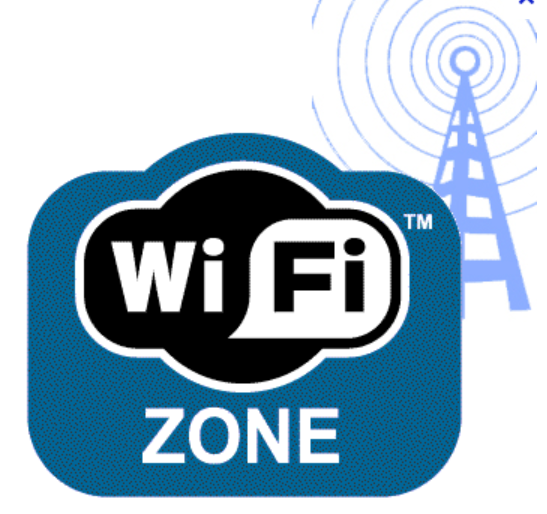Imagine a world where computational power and sensing capabilities are not confined to our phones, laptops, or even larger devices. Picture them diffused throughout our environment, smaller than a grain of sand, working together in an invisible network. Sounds like something straight out of science fiction, right? Well, welcome to the fascinating, slightly mind-bending concept known as Smart Dust.
It’s the idea of creating vast numbers of tiny microelectromechanical systems (MEMS) – basically, miniature machines with sensing, processing, communication, and power capabilities – small enough to be suspended in the air like dust motes or sprinkled onto surfaces, forming a pervasive, distributed network of intelligence.
Table of Contents
What Exactly is Smart Dust?
At its core, Smart Dust refers to systems comprising potentially thousands or millions of tiny nodes. Each node is a speck of silicon or other material, integrated with several key components:
- Sensors: To detect various parameters like light, temperature, vibration, chemicals, pressure, or even biological agents.
- Processing: A minuscule computer chip to process the data collected by the sensor.
- Communication: A way to transmit data to other dust motes or a central hub, often using radio frequency (RF) or optical signals.
- Power: A tiny energy source, which is one of the biggest challenges. This could be a micro-battery, but more likely relies on energy harvesting from ambient sources like vibration, light, or thermal gradients.
The size is critical – we’re talking about devices potentially ranging from cubic millimeters down to hundreds of micrometers. The vision is that these tiny particles could be deployed in large numbers, creating a dense network capable of monitoring an area or structure with unprecedented detail.
Peeking into the Micro-World: A Quick Look
Sometimes, seeing is understanding, even when the subject is nearly invisible. We put together a little visual snippet exploring this very idea:
If that glimpse into the world of tiny tech tickles your brain cells, make sure to stay tuned for more explorations into the future!
How Does This Miniature Network Function?
The magic of Smart Dust isn’t just in the individual speck, but in the collective. Once deployed, these motes would ideally:
- Sense: Each mote collects data from its immediate surroundings using its integrated sensors.
- Process: The tiny processor analyzes the local data, perhaps filtering it or performing simple calculations.
- Communicate: Data is transmitted wirelessly. This is usually done via short-range communication to nearby motes.
- Network: Motes form a self-organizing network. Data can hop from one mote to another until it reaches a designated gateway or collection point capable of longer-range communication or data aggregation. This creates a dense sensor field.
- Power Management: They actively manage their minuscule power resources, often staying dormant until triggered or relying on harvested energy.
This distributed architecture allows for redundancy (if one mote fails, others can compensate) and the ability to cover vast or difficult-to-access areas.

Potential Real-World Applications: Beyond Sci-Fi
While currently largely in research phases or limited prototypes, the potential uses of Smart Dust networks span numerous fields:
Environmental Monitoring on a Micro Scale
Imagine tracking air quality, water pollution, or soil composition with unprecedented granularity. Smart Dust could be dispersed in polluted areas, along rivers, or in agricultural fields to provide real-time, highly localized data, helping researchers and authorities pinpoint sources and track spread more effectively.
Structural Health Monitoring
Bridges, buildings, pipelines, and infrastructure age. Embedding or deploying Smart Dust on or within these structures could provide continuous monitoring of stress, vibration, temperature changes, and even detect micro-fractures before they become critical problems. This proactive approach could save lives and significant repair costs.

Healthcare Possibilities (With Caution)
This is a highly speculative area, but research explores ideas like ingestible or injectable motes to monitor internal body conditions, track drug delivery, or even assist in diagnostics from within. (Note: This specific application faces immense biological and technical hurdles and is not currently feasible or approved). More realistically, dust could monitor hospital environments or medical equipment.
Advanced Manufacturing and Inventory
Embedding dust motes into materials or attaching them to components during manufacturing could allow for detailed tracking of origin, handling, and quality throughout the supply chain. In warehouses, they could provide highly accurate, real-time inventory tracking without traditional scanning.
Security and Surveillance
This is perhaps one of the most discussed (and debated) applications. Smart Dust could be used for covert surveillance in military or security operations, monitoring movement, chemical traces, or other environmental cues in hard-to-reach or dangerous areas.
Significant Challenges on the Path to Pervasiveness
Despite the exciting potential, Smart Dust is far from a ubiquitous reality. Several major hurdles need overcoming:
- Powering the Tiny Tech: Generating or harvesting enough reliable energy for long-term operation in various environments is extremely difficult at this scale.
- Communication Reliability: Ensuring consistent communication between countless tiny, low-power devices, especially in cluttered or large areas, is a complex networking problem.
- Manufacturing at Scale: Producing billions or trillions of these sophisticated micro-devices cost-effectively is a significant engineering and economic challenge.
- Deployment and Management: How do you precisely deploy them? How do you manage, update, or retrieve them, especially if dispersed over a wide area or integrated into materials?
- Data Management: A dense network generates a massive amount of data. Aggregating, processing, and extracting meaningful insights from this data requires robust infrastructure and algorithms.
The Elephant in the Room: Privacy and Ethical Concerns
The potential for widespread, invisible monitoring raises profound privacy questions. A world blanketed in undetectable sensors capable of tracking movement, conversations, or other personal data without consent is a significant concern. Developing strong ethical frameworks and regulatory safeguards is paramount as this technology progresses.
There are also questions about security – how do you protect such a distributed network from hacking or malicious use?

Is Smart Dust Here Today?
While the full vision of ubiquitous, self-organizing Smart Dust networks is still largely aspirational, research is active globally. Prototypes exist, demonstrating individual components like tiny sensors, communication methods, and energy harvesting techniques at micro scales. Some specialized applications in controlled environments, perhaps closer to traditional wireless sensor networks but miniaturized, might be emerging. However, the widespread, general-purpose deployment often depicted in speculative discussions remains a future prospect, likely decades away for many applications, particularly those involving complex environments or biological integration.
FAQs About Smart Dust
Q: How small is Smart Dust?
A: The concept envisions sizes ranging from a few cubic millimeters down to potentially hundreds or tens of micrometers – smaller than a grain of sand and approaching the size of actual dust particles.
Q: How do the dust motes communicate?
A: They would likely use low-power wireless methods like short-range radio frequency (RF) signals or optical communication (using tiny lasers or LEDs to communicate with line-of-sight). Data often hops from mote to mote to cover distance.
Q: How do they get power?
A: Powering them is a major challenge. Solutions being explored include micro-batteries, but more promising are energy harvesting techniques that capture energy from the environment, such as vibrations, light (solar), thermal differences, or ambient radio waves.
Q: Does Smart Dust exist now?
A: Prototypes of components exist, and researchers are actively developing the technology. However, large-scale, deployable, self-sustaining Smart Dust networks as often described are not yet a reality. It’s a technology still largely in the research and development phase.
Q: Is Smart Dust dangerous if inhaled or ingested?
A: This is a valid concern for any tiny particle. Currently, Smart Dust is not in widespread use. Any potential future deployment in environments where inhalation or ingestion is possible would require extensive research and regulation to ensure the materials and components used are biocompatible and pose no health risk. The vision is not to have harmful particles floating around. But yes, the potential interaction with living organisms is a significant consideration and challenge for certain applications.
Q: What are the biggest hurdles to making Smart Dust work?
A: The primary challenges include developing reliable, long-lasting power sources at that scale, ensuring robust communication in dense networks, reducing manufacturing costs significantly, and addressing the major privacy and security implications.
The Shape of Things to Come (Maybe?)
Smart Dust represents an ambitious vision of pervasive computing and sensing, pushing the boundaries of miniaturization and network technology. The idea of scattering intelligence like seeds into the environment promises revolutionary capabilities in monitoring, data collection, and interaction with the physical world. While the technical and ethical challenges are substantial and require careful navigation, the research continues, hinting at a future where even the air around us could potentially be alive with data, monitored by computers too small to see.
It’s a powerful reminder that the digital realm isn’t just on our screens; it’s expanding, potentially into every nook and cranny of our physical reality, changing how we understand and interact with the world around us.





